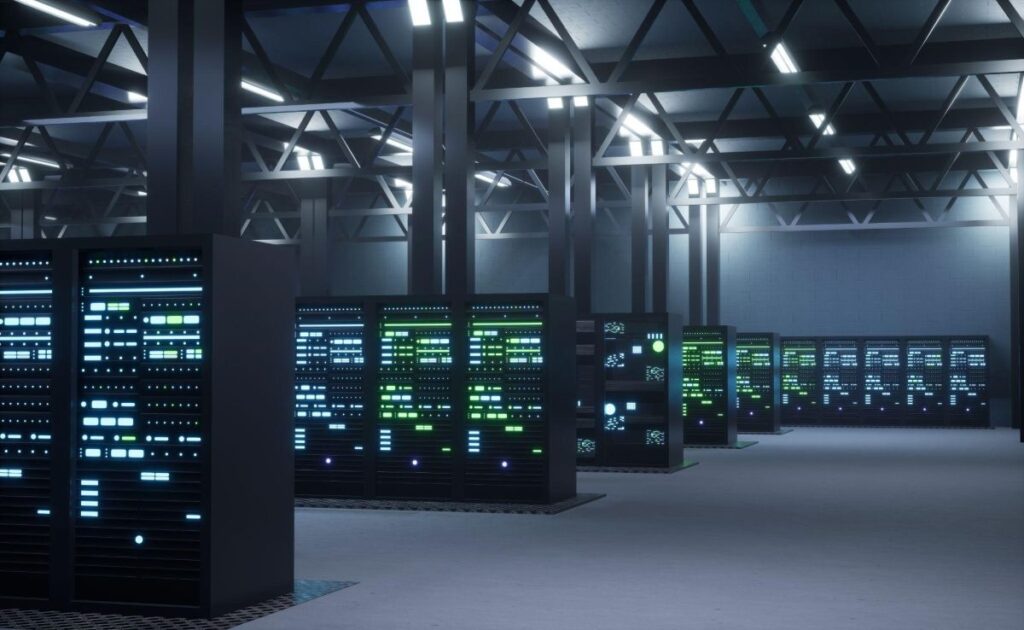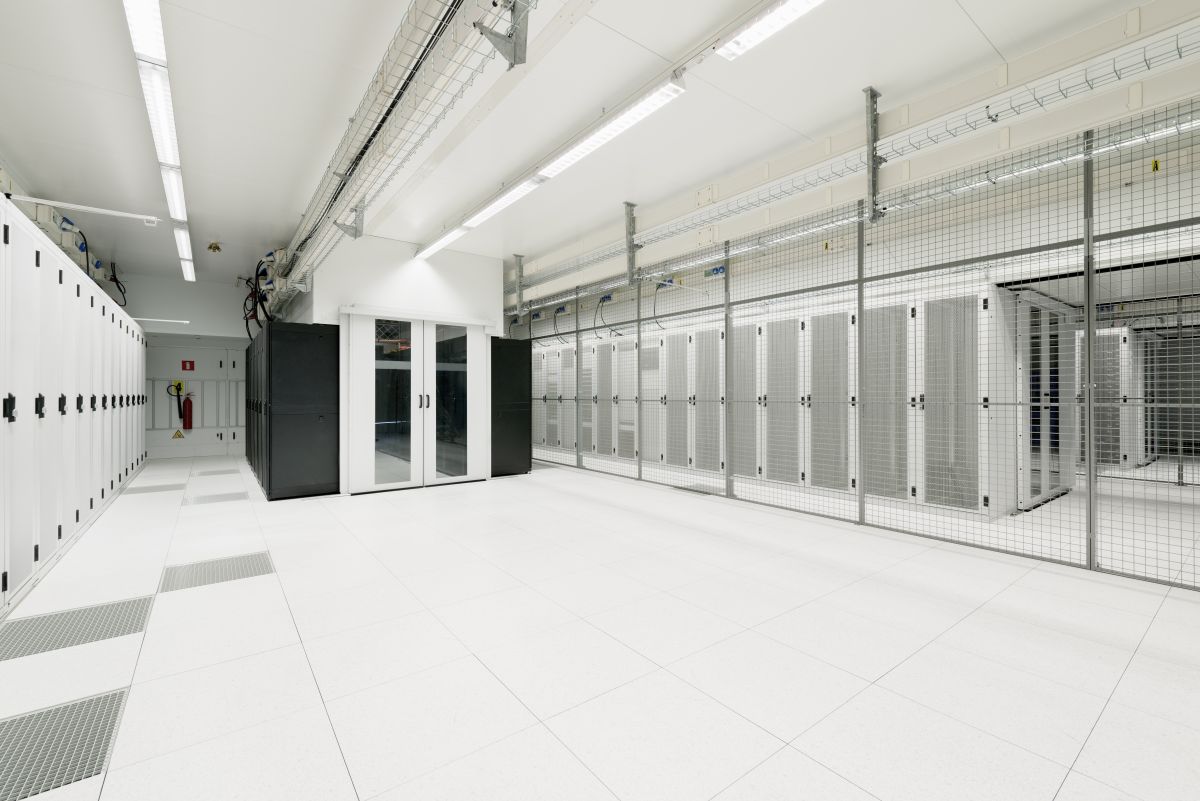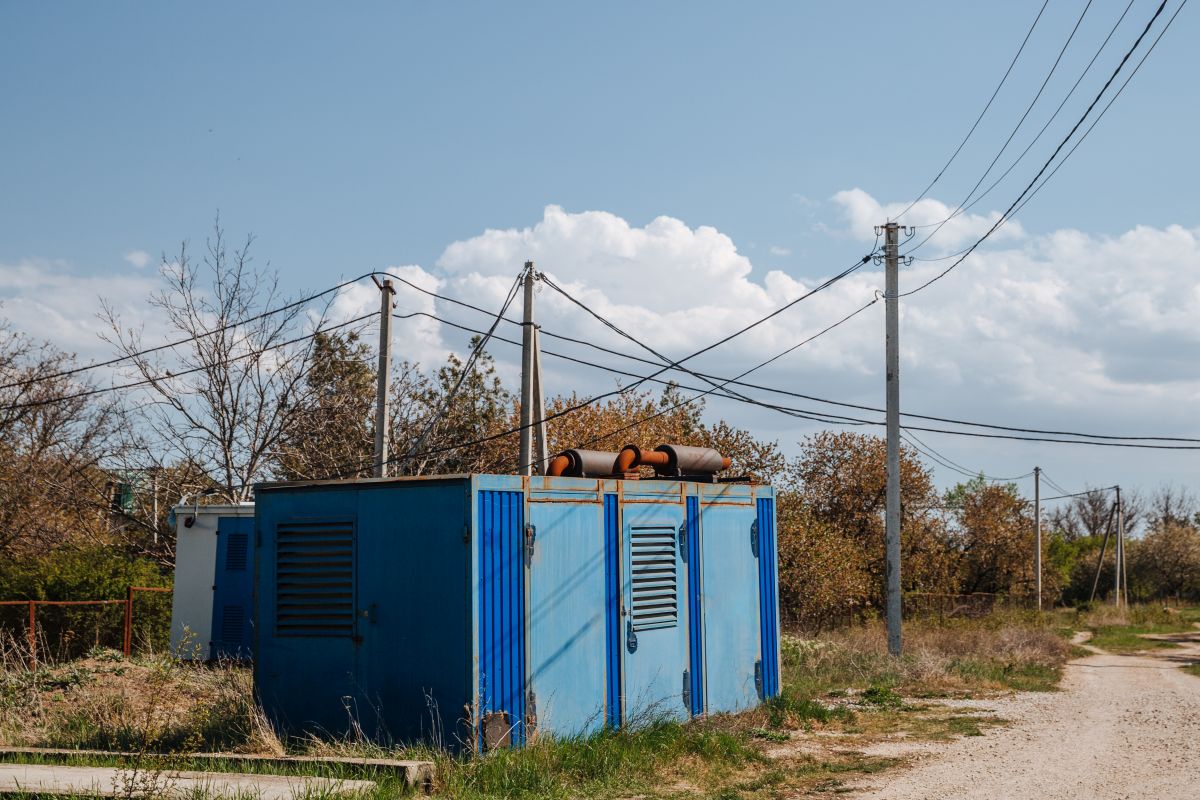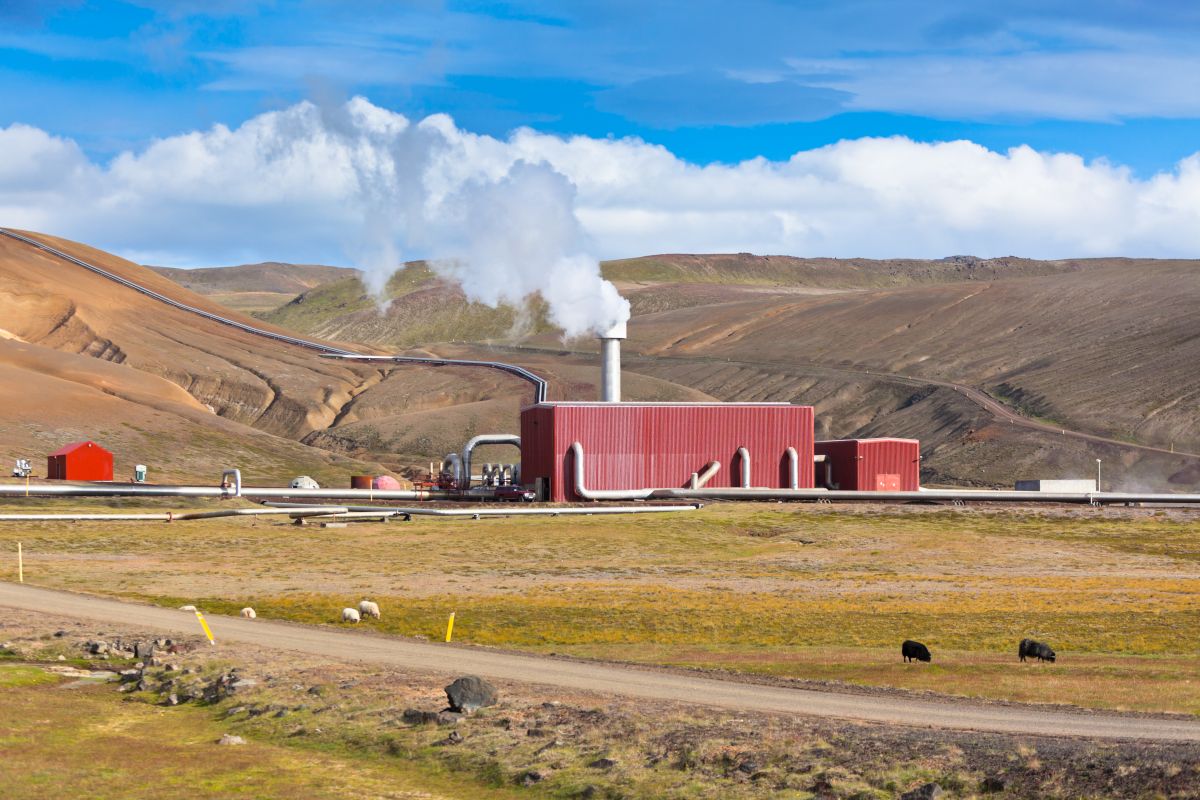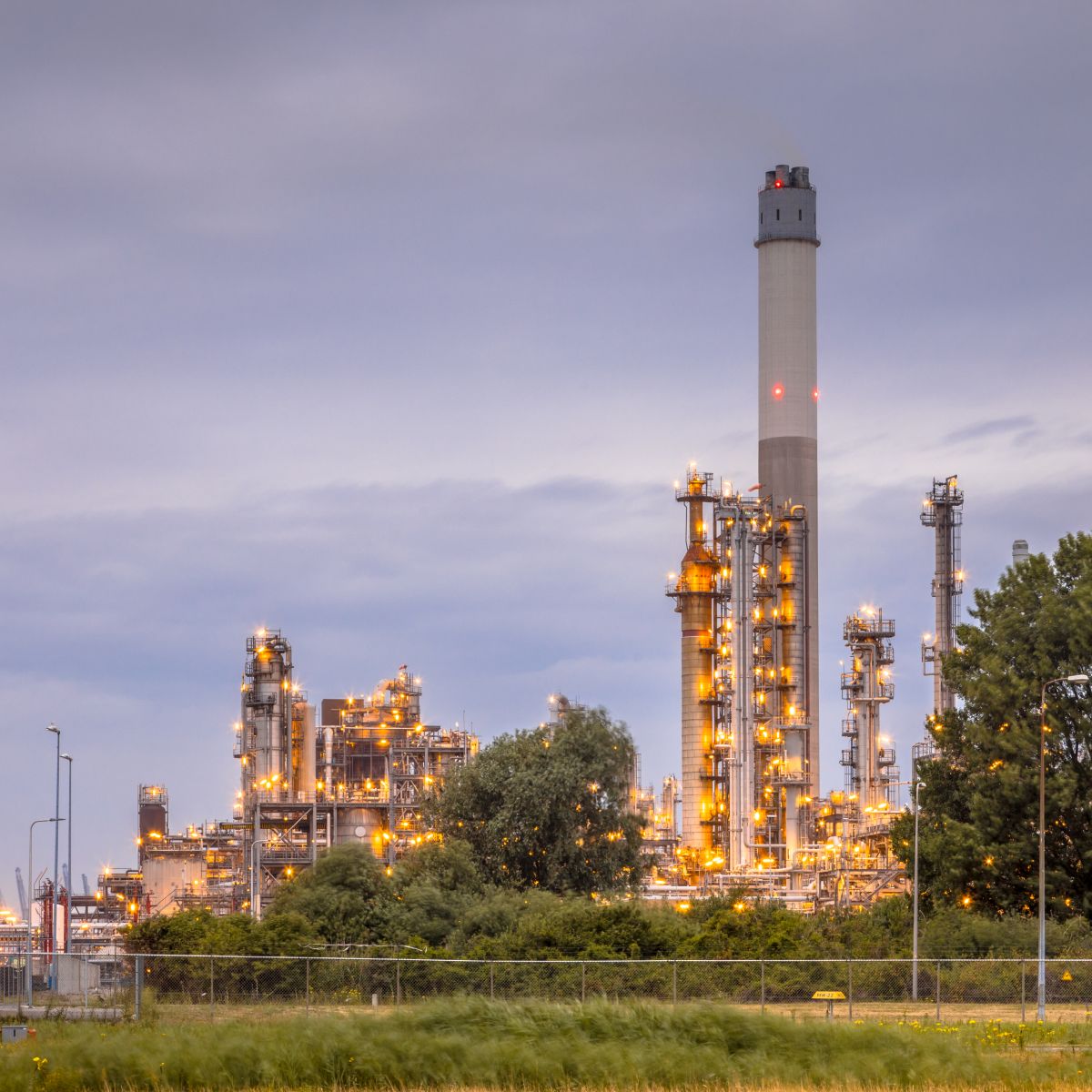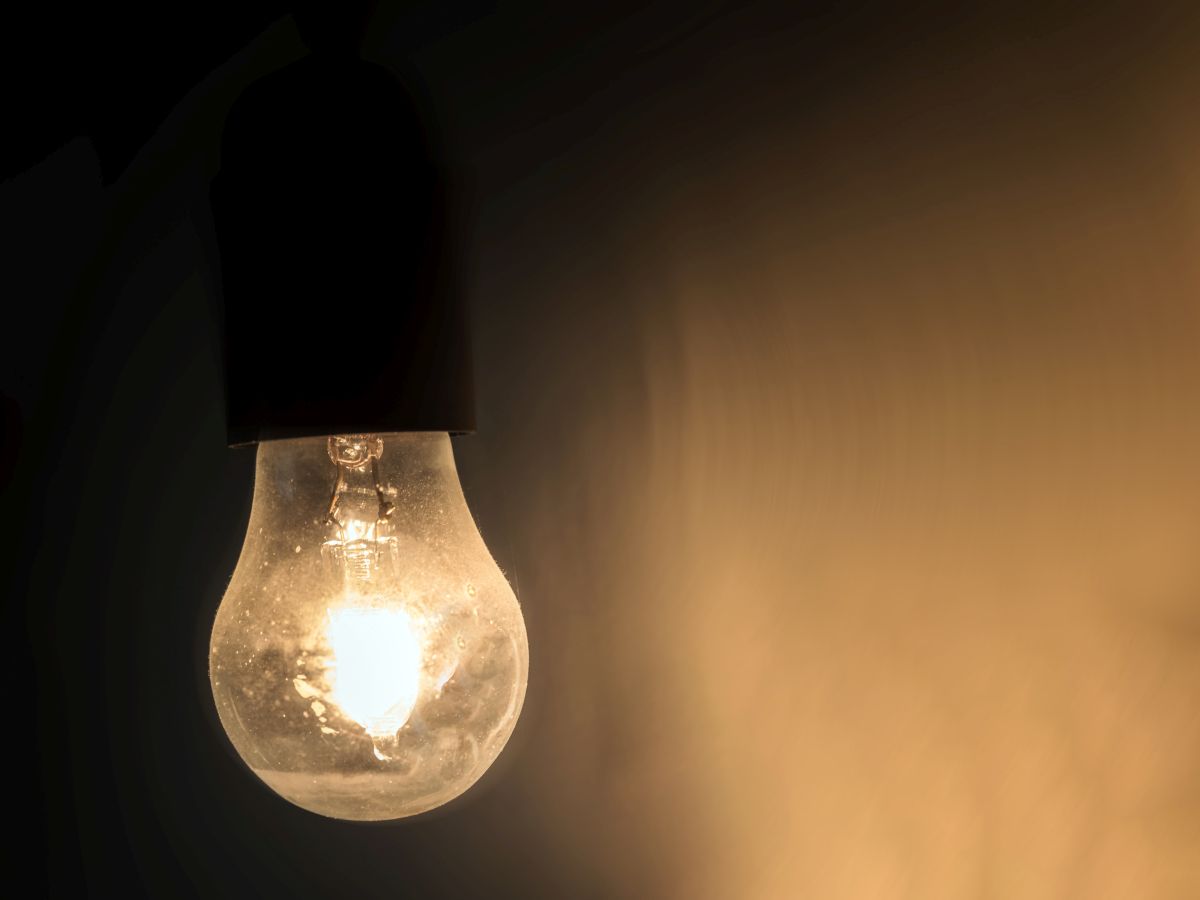WWW.UTILITYDIVE.COM
Data centers could consume 9% of the United States’ electricity generation by 2030 – double the amount consumed today, according to a study released Wednesday by the Electric Power Research Institute.
The growth is being driven by increased computing power associated with artificial intelligence. AI queries “require approximately ten times the electricity of traditional internet searches and the generation of original music, photos, and videos requires much more,” EPRI said.
U.S. data center load is expected to grow to nearly 21 GW this year, up from 19 GW in 2023, according to a Federal Energy Regulatory Commission report this month. Data center electricity demand across the U.S. is expected to climb to 35 GW by the end of this decade, according to the FERC report.
A traditional Google search uses about 0.3 Wh while a query using ChatGPT – the chatbot developed by OpenAI – requires about 2.9 Wh, according to EPRI’s “Powering Intelligence: Analyzing Artificial Intelligence and Data Center Energy Consumption” report.
EPRI’s study examines four scenarios of potential data center electricity consumption growth, with varying estimates of public uptake of AI and data center energy efficiency gains. Under the scenarios, U.S. data center power consumption ranges from 4.6% to 9.1% of the country’s generation by 2030.
“The data center boom requires closer collaboration between large data center owners and developers, utilities, government, and other stakeholders to ensure that we can power the needs of AI while maintaining reliable, affordable power to all customers,” EPRI Vice President of Electrification and Sustainable Energy Strategy David Porter said in a statement.
EPRI’s analysis also looked at data center load impacts regionally. About 80% of U.S. data center load last year was concentrated in 15 states, led by Virginia and Texas.
The size of new data centers is growing, leading to challenges, EPRI noted.
“Connection lead times of one to two years, demands for highly reliable power, and requests for power from new, non-emitting generation sources can create local and regional electric supply challenges,” the report found.
However, those challenges can be mitigated through improved energy efficiency and flexibility, improvements to demand modeling tools and close coordination between utilities and data centers, EPRI said.


